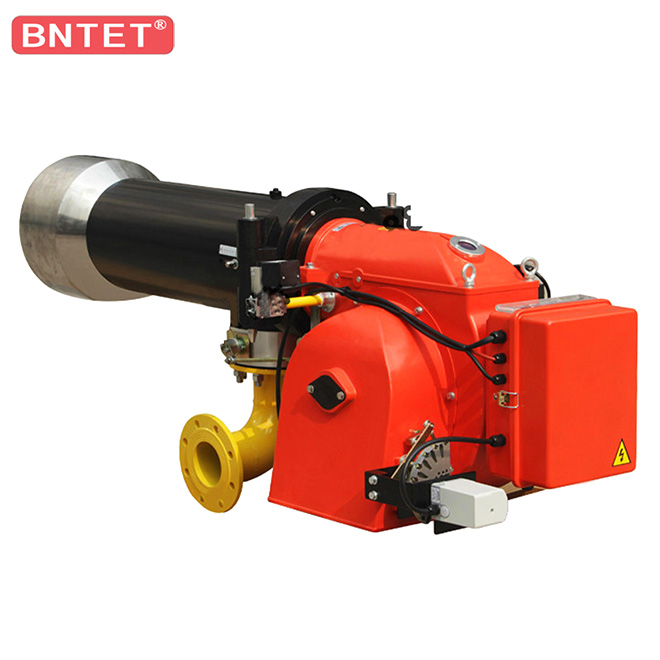Various smelting processes and various furnace types require different combustion systems. When the materials added to the smelting furnace (especially recycled metal materials) contain combustible organic pollutants (such as oil, paint, plastics), the ideal combustion method is to gasify and burn these combustibles, which can save the conventional production process Consumption of fuel (natural gas, heavy oil, etc.). The rotary furnace combustion system needs to have the characteristics of high power and flexible operation in order to meet the rapid melting of raw materials, and at the same time, it needs as much as possible overheated metal in order to correspondingly reduce the burning rate of the metal. When raw materials containing combustible organic pollutants are added to the converter smelting, it is very important to increase the residence time of the flue gas generated in the furnace to fully burn out the combustibles. The use of pure oxygen combustion can prevent ineffective nitrogen (78% in air) from entering the combustion process, thereby greatly reducing the volume of combustion flue gas and injecting additional oxygen through the spray gun, which can improve production efficiency and save fuel consumption. The melting process of aluminum alloy is generally divided into the following steps: charging-gasification of combustibles-melting-alloying / refining-heat preservation-casting / discharging. For different steps of the melting process, the amount of flue gas produced by burning is different, and different burning rates and flame shapes are also required.
In the aluminum processing and secondary aluminum industries, reverberatory furnaces are often used for intermittent or continuous smelting production. According to the required material type and furnace characteristics, there are different requirements for the reverberatory furnace combustion system. Some reverberatory furnace smelting processes require a long, rigid, and high-brightness flame, and use this highly convective furnace gas to achieve efficient and rapid melting. According to the characteristics of the furnace and the requirements of the melting process, some reverberatory furnaces are equipped with a combustion system that needs to provide a soft low-intensity flame to avoid local overheating of metal materials and melts and prevent material burning.
For holding furnaces and furnaces that need to slowly melt and clean raw materials, air combustion and regenerative combustion have shown their good application effects and economy; using pure oxygen-fuel combustion or air-pure oxygen-fuel mixed combustion systems can be better It satisfies the rapid melting of contaminated raw materials in the recycled metal industry, and the operation is flexible.
The air fuel combustion system produces more flue gas, which leads to a shorter residence time of high-temperature flue gas in the furnace. This is due to the large amount of nitrogen (78% by volume) contained in the air, which does not contribute to the entire combustion process. The flue gas pipeline, exhaust fan and dust removal system must be designed according to the amount of flue gas produced to meet the need for large amounts of flue gas emissions from the furnace.







